You have probably already heard about major and minor chords before, these are actually based on the major and minor scales. In today’s video, we are going to be breaking down the three different types of minor scales.
The Relative Minor Scale
Minor scales are based on major scales. Every major scale has its own relative minor scale.
The relative minor is the 6th degree of the major scale. In order to find the relative minor of a major scale, you simply have to count up to the 6th note of the scale. For example, the relative minor of the C major scale is A minor.

The 3 Types of Minor Scales
Type #1: Natural Minor Scale
The natural minor scale has the same alterations as its relative major. The difference between the two is the starting note. Let’s take the C major scale and the A natural minor as an example; the A natural minor scale begins with A and has the same alterations as the C major scale (none) since it is its relative minor.

Type #2: Harmonic Minor Scale
This scale is very often used in classical piano training. The harmonic minor scale has the same notes as the natural minor scale with the exception of the seventh note. In the harmonic minor scale, the seventh note becomes major, meaning that it goes up a half step. In the A harmonic minor scale, G (the seventh note) becomes G#.

Type #3: Melodic Minor Scale
Similarly to the harmonic minor scale, the seventh degree of the melodic minor scale is major. The difference between the two is that the sixth degree becomes major in the melodic minor scale. In the A minor melodic scale, the F (sixth note) becomes F#.

The Two Different Types of Melodic Minor Scales:
There are two different types of melodic minor scales: the popular-jazz version and the classic version.
Popular-jazz version:
In this version, you simply go up and down the scale with the sixth and seventh degrees major.

Classic version:
In this version, you go up the scale with the sixth and seventh degrees major, but go down the scale with the sixth and seventh degrees minor. In other words, you go up the scale the melodic minor way and go down the scale the natural minor way.

Examples
Below are two examples to properly understand the various kinds of minor chords.
Example #1: G major
Relative minor:
This scale has one alteration (F#). The sixth note is E, therefore the relative minor of G major is E minor.
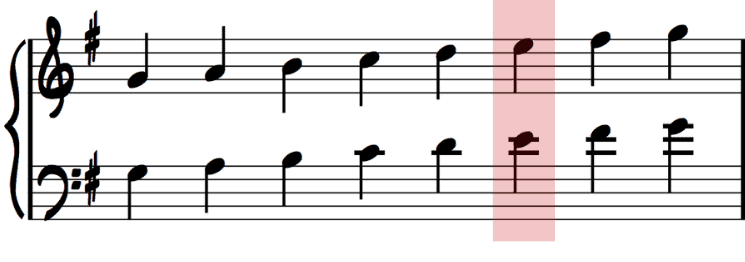
Natural minor:
In order to figure out the E natural minor scale, you have to keep in mind the alterations of the G major scales (F#) and then apply them starting from E.

Harmonic minor:
In order to figure out the E harmonic minor scale, you keep the same notes and alterations as the E natural minor, then make the seventh note major by going up a half step, D becomes D#.

Melodic minor:
In order to figure out the E melodic minor scale, you keep the same notes and alterations as the E harmonic minor scale, then make the sixth note major, C becomes C#.

Example #2: F major
Relative minor:
This scale has one alteration (Bb). The sixth note is D, therefore the relative minor of F major is D minor.
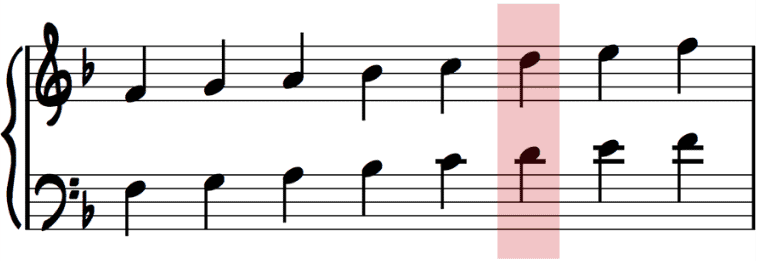
Natural minor:
In order to figure out the D natural minor scale, you have to keep in mind the alterations of the F major scales (Bb) and then apply them starting from D.

Harmonic minor:
In order to figure out the D harmonic minor scale, you keep the same notes and alterations as the D natural minor, then make the seventh note major by going up a half step, C becomes C#.

Melodic minor:
In order to figure out the D melodic minor scale, you keep the same notes and alterations as the D harmonic minor scale, then make the sixth note major, Bb becomes B natural.

The two types of melodic minor:
The popular-jazz version goes up and down the scale the same way. The classic version goes up the scale the melodic minor way and down the natural minor way.

Conclusion
Make sure to practice these minor scales with both hands and in all keys. Understanding how the minor scales work is just as important as practicing playing them!
Text Transcription by Andreane Boucher

Founder of Online Rock Lessons, Marine is the keyboardist for Uncle Kracker, Corey Hart and Highway Hunters.
With over 20 years of experience in show business, Marine is launching the first Canadian Music School dedicated to rock and blues lovers.

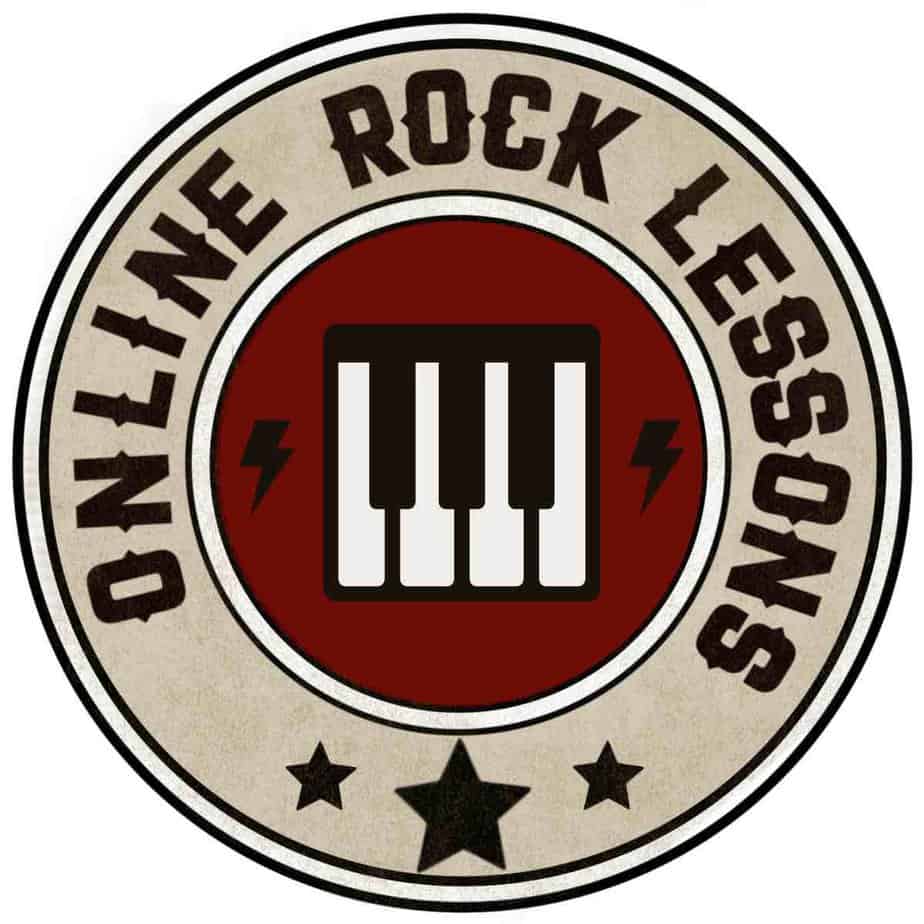

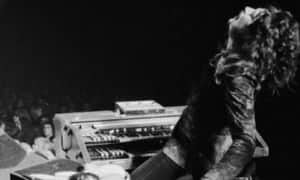
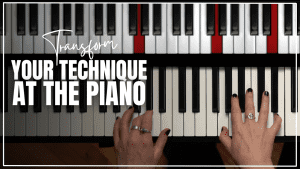

Questions